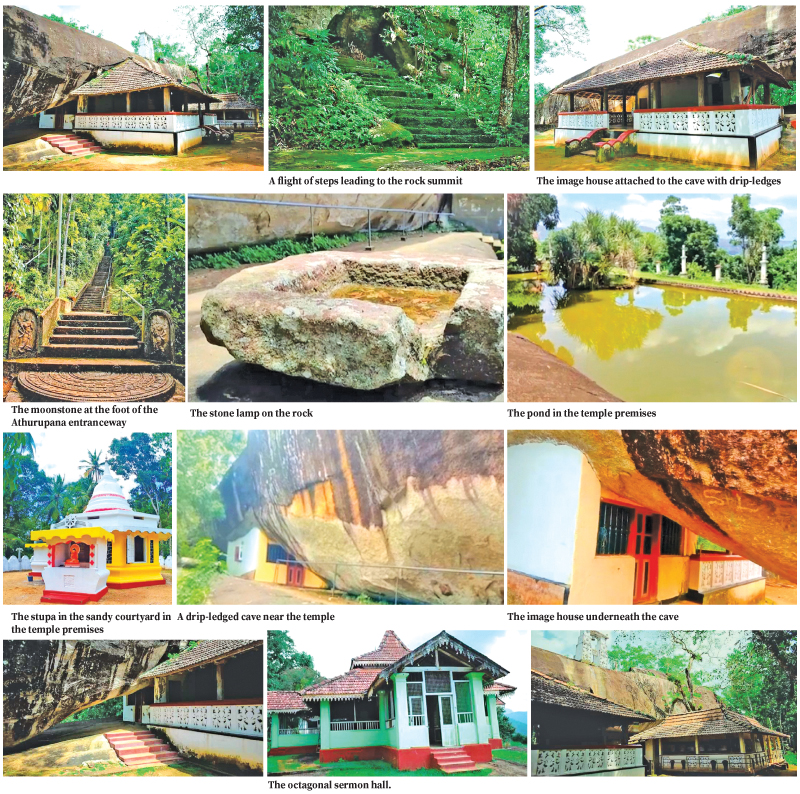The fact that Sri Lanka is a land of marvels goes without saying. Most are creations of nature whereas some are those made by man. Nature’s wonders coupled with man-made creations have made this tiny island nation an open, vividly colourful art gallery looked at with awe.
One of the legendary kings who came out of exile after almost 15 years in hiding caves and united Sri Lanka under one flag was none other than King Vattagamini Abhaya, popularly known as king Valagamba. During that period his whereabouts remained secret , but now it is common knowledge that he was hiding predominantly in Maya Rata where the Kegalle District in Sathara Korale is located.
Mabopitiya
According to some folk tales , one day king Valagamba while going past a certain place in Kegalle, had rested at a spot. In the course of his sojourn there he placed a Bo sapling in a bowl he carried in a certain place. When he was just about to resume his journey, he was amazed to see the Bo sapling deeply rooted in the ground. From then on that spot and the area around it came to be known as Mabopitiya , a name thought of as a corruption of the word ‘Mahaa Boho Pihitiyaa’.
The Degalathiriya Raja Maha Vihara in Kegalle is a cave temple located about three kilometres away from the Mabopitiya junction on the Kegalle Bulathkohupitiya road and it was built during the reign of king Valagamba.
There are two access roads to this historic Buddhist place of worship. Besides the one aforementioned, there is yet another road from Aregama via Athurupana. When you come via Athurupana, you can see an old stone lamp in close proximity to the cave temple. In the past people used to travel along the old path there at night by the light of the stone lamp.
‘Anduru wuu Pahana’
On a certain day of an enemy invasion , this stone lamp was put out as a precautionary measure and from then on that area or the village where the stone lamp is located came to be known as Athurupana, which is a corruption of the term ‘Anduru wuu Pahana’. Just one little portion of this stone lamp is broken. It has been done so deliberately to prevent mosquitoes from breeding in it. Behind the temple is a narrow strip of rock that stretches up to about 500 metres. A passage with a set of steps that leads from the ground level to the top of the rock can be seen.
Visitors who clamber up the rock can catch a panoramic view of the verdant valleys around . Urakanda, Bathalegala, Samasara mountain range, Kukulpitiya Gala, and Balalgala mountains can be seen from the top of the rock .
There is a beautiful octagonal sermon hall, a Buddha image house built underneath a drip-ledged cave and many other ancient ruins all over the temple premises and beyond it. Most of the paintings in the image house are said to have been drawn circa 1946. Traces of old paintings are clearly visible underneath those that can be seen today.
Whoever takes the Athurupana road to reach the temple also known as Galaudathenna Vihara has to climb a flight of steps that begins from an eye-catching moonstone. The two guard stones on both sides of the flight of steps make the entranceway even more beautiful. This passage is through a cold forest surrounded by trees and vines.










